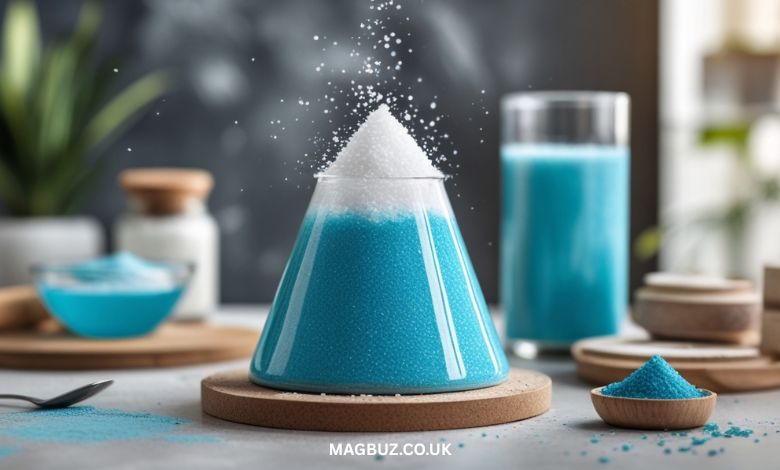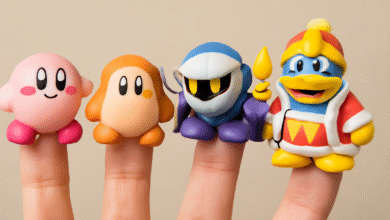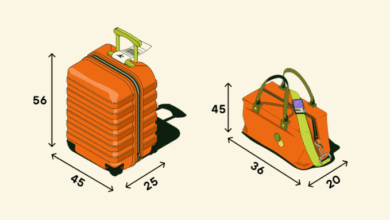Discover Sodiceram: The Amazing World of Super-Strong Ceramics

Introduction
Imagine a material that’s as tough as a superhero’s shield but as pretty as your favorite toy. That’s Sodiceram! This special kind of ceramic is made with a secret ingredient: sodium. Sodium is the same stuff that makes salt tasty, but here it helps create ceramics that last a super long time.
Sodiceram is changing how we build homes, make cars, and even create art. It’s strong against heat, scratches, and spills. Plus, it’s good for the planet because it uses less energy to make. In this article, we’ll explore what Sodiceram is, how it works, and why kids like you might see it everywhere someday. Get ready for a fun adventure into the world of ceramics!
What is Sodiceram?
Sodiceram is a smart new ceramic. Ceramics are like baked clay—think of the pots your grandma uses or the shiny tiles in your bathroom. But Sodiceram is extra special. It mixes in sodium-based helpers, like sodium oxide or sodium feldspar. These make the ceramic melt better when heated, turning it into a super-dense, glassy material.
The name Sodiceram comes from two words: “sodi” for sodium and “ceram” for ceramics. It’s like naming a superhero after their power! This mix makes Sodiceram less porous, which means it doesn’t let water or dirt sneak in easily. Picture a tile that looks like wood or marble but won’t chip or fade.
Why is this cool for kids? Because Sodiceram can be used to make playground slides that don’t rust or kitchen counters that wipe clean after messy crafts. It’s safe, strong, and full of surprises.
How Sodiceram is Made
Making Sodiceram starts with simple earth stuff like clay and sand. Then, the magic happens: sodium compounds are added. This team lowers the heat needed to bake it—from super hot 1250 degrees Celsius down to a friendlier 1150 degrees. That’s like baking cookies at a lower oven temp so they don’t burn!
The mix is shaped into tiles or slabs, then fired in big kilns (like giant ovens). After cooling, it’s glazed for shine or printed with cool designs. No wonder Sodiceram feels modern and fun—it’s science mixed with art.
The Story Behind Sodiceram
Sodiceram didn’t pop up overnight. It grew from years of scientists playing with ceramics to make them better. Long ago, people used plain clay for pots. Then, in the last few decades, experts found ways to add fluxes—helpers that make clay melt easier. Sodium became a star because it’s cheap and works great.
By the early 2020s, labs were testing sodium-infused mixes. This led to breakthroughs in making ceramics that are lighter yet tougher. Sodiceram as a name and idea burst onto the scene around 2024, with companies starting to sell it widely by 2025. Today, on November 7, 2025, it’s exciting factories from Europe to America.
Think of it like evolving from a basic bike to one with cool lights and gears. Sodiceram is the upgrade our world needs for building cool things that last.
Cool Innovations in Sodiceram
Sodiceram isn’t just old clay—it’s packed with new ideas! One big win is its low porosity, under 0.5%. That means tiny holes are almost gone, so it’s super waterproof. Scientists use special microscopes to check this, seeing a glassy web that holds it all together.
Another trick: it handles heat swings up to 200 degrees Celsius without cracking. That’s perfect for hot kitchens or car engines. And get this—its strength is over 40 megapascals in flex tests. (Don’t worry, that’s just a fancy way to say it’s bendy-tough!)
Smart Sodiceram Ideas Coming Soon
The future is bright! Experts are working on “smart” Sodiceram with built-in sensors. These could tell if a floor is slippery or heat up on cold days. 3D printing might let us make custom shapes, like dinosaur tiles for your room. It’s like ceramics getting a brain upgrade.
Where We Use Sodiceram Every Day
Sodiceram is a busy bee, popping up in lots of places. Here’s a quick list of its favorite spots:
- Homes: Tiles for floors, walls, and counters. They resist spills from juice or paint—easy cleanup for family fun!
- Schools and Stores: Tough surfaces for busy hallways or shopping spots. No more slippery ice in winter.
- Cars and Planes: Heat shields and parts that stay cool under pressure. Safer rides for everyone.
- Hospitals: Clean tools and floors that fight germs. Doctors love how it stays spotless.
- Art Studios: Sculptures and decorations that shine bright. Artists create wild shapes without worry.
In big buildings, Sodiceram covers outside walls, keeping rain out while looking fancy. It’s like giving a castle modern armor.
Fun Examples from Real Life
Take a look at a French-inspired home using Sodiceram tiles. They copy old Reims stone but weigh less—easier to carry! Or picture an airport floor handling thousands of feet daily without a scratch. Sodiceram makes everyday adventures safer and prettier.
Why Sodiceram is So Great
Let’s count the ways Sodiceram rocks! It starts with strength—harder than Mohs 7 on the scratch scale (diamonds are 10, but this beats glass easy). It fights chemicals like lemon juice or cleaners without fading.
Durability? It lasts over 50 years with care. That’s longer than your whole childhood! Lightweight too, so builders save energy hauling it.
For eyes, it offers finishes from matte (soft glow) to glossy (mirror shine). Abrasion resistance tops PEI Class V, meaning it handles heavy traffic like a champ.
But wait—it’s not perfect. Like glass, it can crack if dropped hard. Always install it right!
Comparing Sodiceram to Regular Ceramics
Here’s a simple chart to see the difference:
| Feature | Regular Ceramics | Sodiceram |
|---|---|---|
| Water Absorption | 3-5% | Under 0.5% |
| Firing Temperature | 1300°C+ | 1150-1250°C |
| Flex Strength | 30 MPa | Over 40 MPa |
| Eco-Friendliness | Medium | High (less energy) |
See? Sodiceram wins big!
Sodiceram and Our Planet
Earth cheers for Sodiceram! Making it uses 5-10% less energy than old ways, cutting smoky gases. It recycles water in factories and crushes old pieces for new roads.
Low carbon footprint—15-20% less than porcelain pals. It fits green rules like LEED for eco-builds. Sodium comes from common rocks, so no rare mining messes.
FAQ: Your Sodiceram Questions Answered
What makes Sodiceram different from normal tiles?
Sodiceram uses sodium to make it denser and stronger. Normal tiles soak up more water and crack easier, but Sodiceram stays tough and dry.
Is Sodiceram safe for kids’ rooms?
Yes! It’s non-toxic, low-slip, and easy to clean. No sharp edges if installed right—perfect for playtime.
How much does Sodiceram cost?
It’s a bit more than basic tiles at first, but lasts longer, saving money over time. Prices vary by size and design.
Can I recycle Sodiceram?
Absolutely! Break it down for garden paths or re-bake into new pieces. It’s a circle of fun for the Earth.
Where can I buy Sodiceram products?
Check home stores, online shops, or builders specializing in green materials. Look for certified eco-brands.
Conclusion
We’ve journeyed through the wonderful world of Sodiceram, from its sodium spark to its strong shine. This ceramic isn’t just stuff—it’s a promise of better, brighter spaces. Tough for adventures, pretty for dreams, and green for tomorrow. As we zoom toward 2030, Sodiceram leads the way in smart building. Whether flooring your fort or shielding a spaceship, it proves small changes make big waves.
Remember, every tile tells a story of innovation and care. Sodiceram invites us all to create with heart and smarts.
Stay in touch to get more updates & alerts on Magbuz! Thank you




